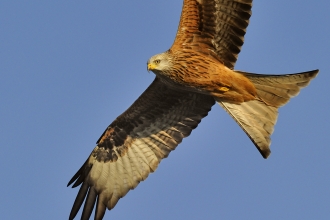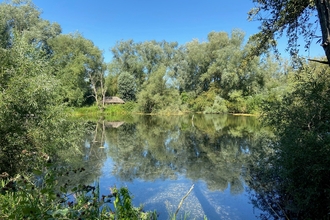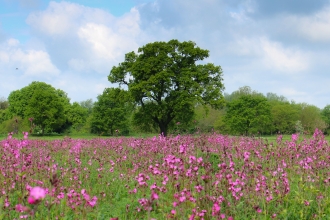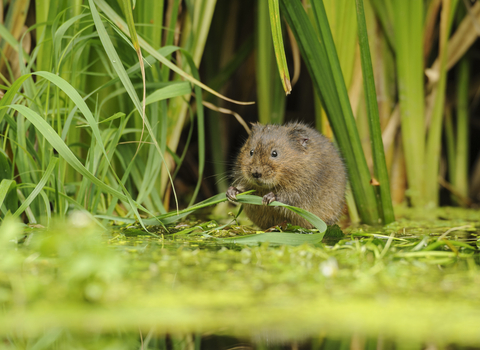By the time I was 16, I had watched wildlife in many places which no longer existed. My local patch was Thorne and Hatfield Moors, the lowland peat-bogs of south Yorkshire, which were being drained and mined for peat for compost. (Shocking that gardeners are still able to use peat!). If I’d grown up in Cambridgeshire, it might have been ancient woodlands being clear-felled (see Derek Niemann’s moving book, A Tale of Trees: the battle to save Britain’s ancient woodland). For someone in Northants, perhaps it was flower-rich meadows in the Nene valley being quarried for sand and gravel; in Bedfordshire the expanses of chalk disappearing to make cement. As I assiduously surveyed the plants, birds and insects, and wrote papers for our local natural history journal, a friend described it as ‘writing a rolling obituary for the Moors’. That phrase stuck with me over 40 years.
The good news is that those lowland bogs are now National Nature Reserves; where once there were ancient meadows along the Nene, we now have lakes and meadows, and some of our chalk and limestone quarries are now brilliant places for wildlife. Nature has great resilience and can bounce back after the most horrendous assaults, if we will let it.
1 in 8 species, or over 1 million species, are now seriously threatened with extinction
These local stories carry the same message as the most moving and painful television programme I have ever seen. If you missed Sir David Attenborough’s Extinction: the facts, I beg you to watch it (available on BBC iplayer till August 2022), and encourage anyone else you know to do the same. Bringing together some of the greatest ecologists and economists in the world, the programme pulls no punches. Attenborough, probably the most widely travelled human of all time, and the most trusted public intellectual and communicator, plainly and calmly shows the scale of extinction facing the world - one hundred times the natural background rate, 1 in 8 species, or over 1 million species now seriously threatened. He demonstrates the causes, land use change, agricultural intensification, direct exploitation of animal species, and climate change. The destruction is unnecessary: there is enough cultivated land to feed the whole human population, if we prevented 40% of food being wasted, and grew more food for people and less to feed to cattle and chickens.
Two outstanding British economists, Sir Partha Dasgupta (a member of our Wildlife Trust) and Sir Nicholas Stern, spoke clearly and with passion about the necessary changes. Humanity must learn to value nature, we must teach the next generation, and we must use recovery from the Covid-19 recession to tackle the biggest issues. Sometimes, politicians get it: when they talk of a green recovery, or say ‘build back better’ rather than ‘build, build, build’ there’s a glimmer of hope. Stern points out that investing in renewable energy, better home insulation, and restoration of degraded land, are all labour-intensive activities of lasting value, which would provide valuable work for people at a time of soaring unemployment.





